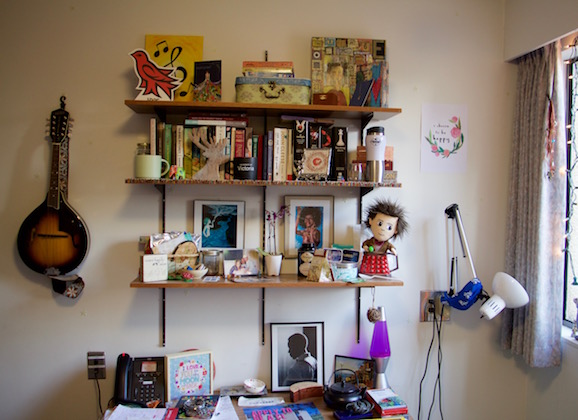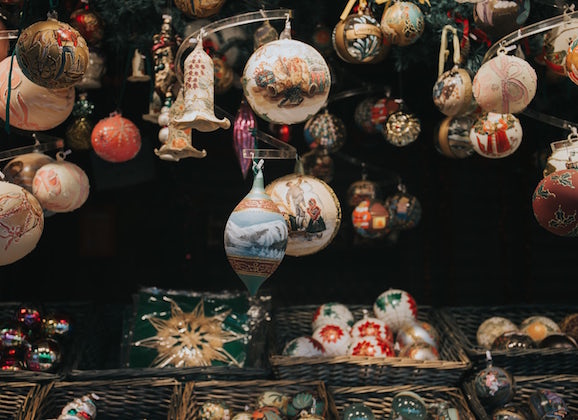The “New Normal”
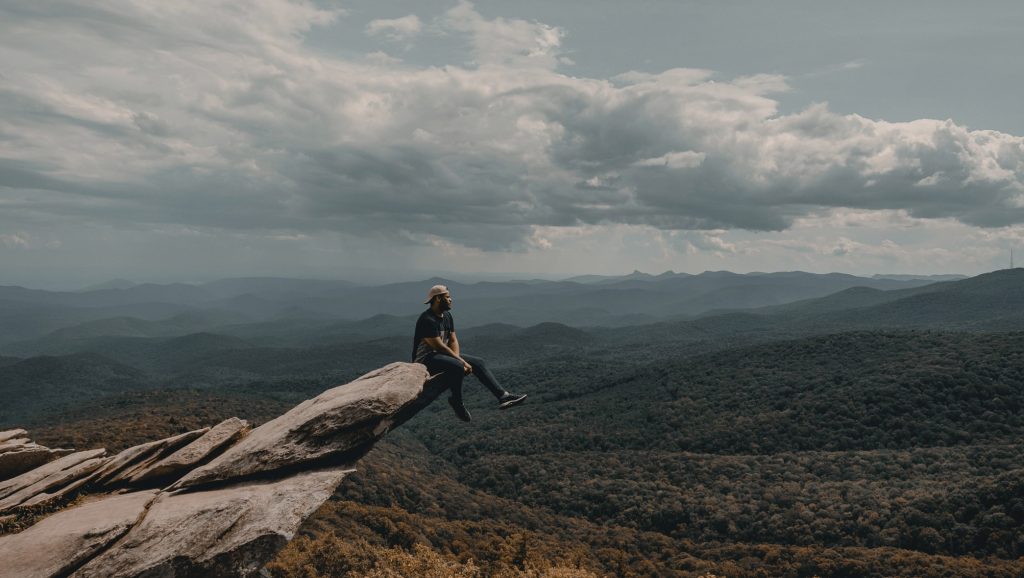
Photo by Clay Banks on Unsplash
Germs predates human life. Indeed we emerged from bacterial rich waters, teeming with life, and our current biology depends on microbial life to survive.
Each new pathogen we encounter challenges us to develop immunity, but when new and previously unknown viruses spread through our population, a lack of immunity can mean massive infection and disease, with the impact on human life extreme.
Viruses are known to be virulent! Imagine that!
In 1919, the Spanish Flu infected 28% of the American population, killing 675,000 people. (1) The population of America at the time was 103,268,000. (2) 1919 was the only year in the entire 20th century that recorded a loss in population in the U.S.A. One fifth of the world eventually became infected.
A Life Guarded

Photo by engin akyurt on Unsplash
For months now, we have waited to see what a “new norm” in society would look like post COVID-19, if schools will reopen, when business will resume, and how we will both keep fighting this pandemic, while also living the productive lives we had before the lock-down.
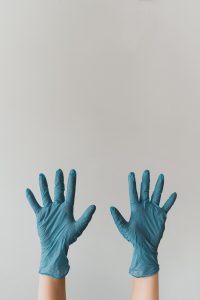
Photo by Clay Banks on Unsplash
My experience of this pandemic has been a society with their guards up. Plastic shields literally stand in the way of our interactions at retail stores, people sporting PPE, and “safe distancing” enforced in everyday places like the shopping mall or grocery store. The yellow tape over the jungle gym clearly signals caution. Now, as some of that tape is removed, some of us are letting our guards down.
It seems to me that as our guards are coming down, we have adopted the new practice of sanitizing everything.
The “new norm” seems to be about becoming accustomed to sterility in our environment, and I am concerned what impact that will have on the health of our population, and not just because we need our microbial life to survive.
Risk is a Part of Life
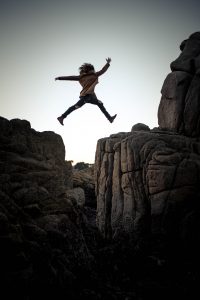
Photo by Sammie Vasquez on Unsplash
Our guards are coming down, as protective equipment and shielding go up. We are becoming complacent to risk, believing that because our environment is sterile or spaced apart from others, that risk has been defeated.
We seem lulled into a false sense of security that it is safe to venture out into the world because we have eliminated risk.
It strikes me that risk is part of life, that our exposure to risk is part of growing up, and our ability to withstand adversity depends on how we have faced and overcome risk in the past, our resources now, and our resilience for what’s to come.
Any time we put ourselves at risk we are vulnerable, but when we remove all risk from our lives there is still some degree of vulnerability.
Vulnerability is human
I know it’s not a perfect analogy, but people who have their guards up emotionally cannot ever experience vulnerability in relationship, real intimacy, and the joy of being seen.
We allow for some risk in being vulnerable with those we love because the risk of getting our feelings hurt is worthwhile. That’s not to say we should toss ourselves into the proverbial microbial cesspool – a pandemic is like an alternate reality which changes everything. No. Stay home. Be safe, for heaven’s sake. But don’t for a second think that we have solved the germ problem…next flu season is going to be like no other!
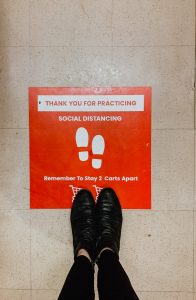
Photo by Kelly Sikkema on Unsplash
The “new normal” means that protective protocols remain in place until all outbreaks are declared over. Once we are clear of this pandemic, it is my wish that the Plexiglas comes down at my local grocer and that I am not forced to sanitize when I walk into Walmart.
These are only inconveniences now, as we fight this battle with the current coronavirus, but once we win this fight, I don’t think it will be victory if artificial barriers continue to divide us indefinitely. There has to be a better way to protect the most vulnerable people in our society.
When Germs are Good for Us
As we protect ourselves from infection during a pandemic, especially as we sanitize the environments we live in, we unwittingly destroy the good bacteria we depend on for survival, and remove the valuable stimulation we get whenever we get exposed to microbial life.
Without exposure, our immune systems do not adapt, as the parents of a preschool child can testify. It’s only when we expose them to daycare settings and kindergartens that they start “bringing home sickness”.
By the time they reach elementary school those active immune systems have learned a lot, and the exposure serves the immune system for a lifetime.
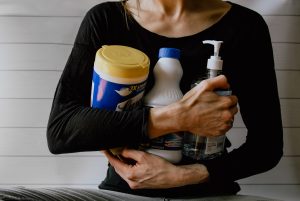
Kelly Sikkema on Unsplash
It turns out we need germ life to survive, so a complete sanitary environment is actually unhealthy. Our bodies are far from sanitary, with more bacteria and viruses swimming around than we have cells.
It also turns out that we cannot eliminate risk altogether, but we can lower the risk for people who are vulnerable.
I think that what we can learn about vulnerability and risk in our world can help prevent unnecessary deaths in future outbreaks. As tragic as this pandemic is, we are forced to evaluate our society and how the vulnerable are treated. How we treat the most vulnerable in our society will reflect in future generations that face similar crossroads.


